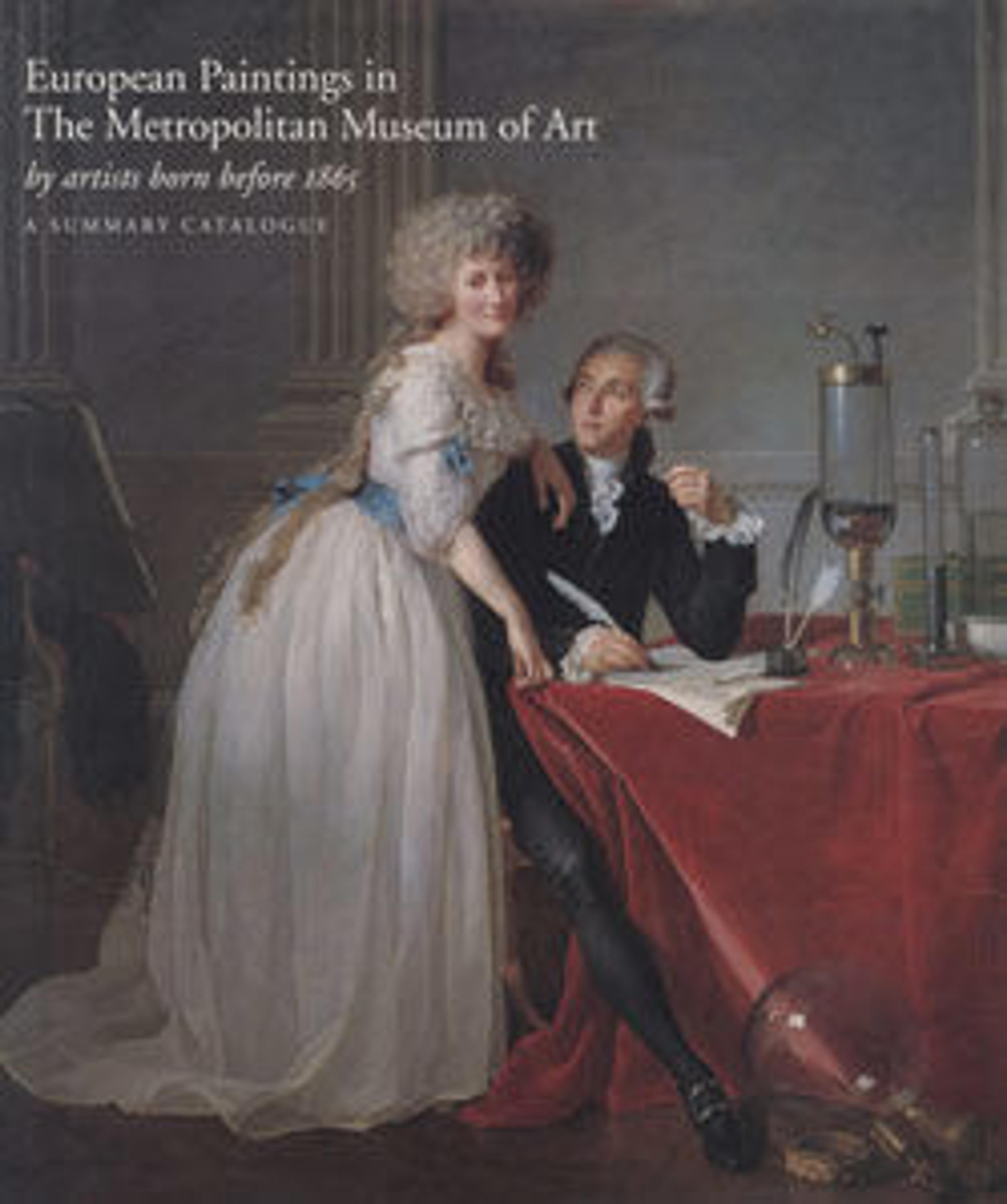Bathsheba at Her Bath
Painters visited Italy as a central part of their artistic education, often in the entourage and at the expense of Grand Tourists. Works like this one—which continue the tradition of depicting mythological subjects but begin to break down the robust Italian Baroque style into a lighter, more delicate mode—influenced French painters who would return to Paris and establish the style known as Rococo. Chiari based his composition on one by his teacher, Carlo Maratti.
Artwork Details
- Title: Bathsheba at Her Bath
- Artist: Giuseppe Bartolomeo Chiari (Italian, Lucca or Rome 1654–1727 Rome)
- Date: ca. 1700
- Medium: Oil on canvas
- Dimensions: 53 1/2 x 38 1/2 in. (135.9 x 97.8 cm)
- Classification: Paintings
- Credit Line: Gift of Mario Modestini, 1993
- Object Number: 1993.401
- Curatorial Department: European Paintings
More Artwork
Research Resources
The Met provides unparalleled resources for research and welcomes an international community of students and scholars. The Met's Open Access API is where creators and researchers can connect to the The Met collection. Open Access data and public domain images are available for unrestricted commercial and noncommercial use without permission or fee.
To request images under copyright and other restrictions, please use this Image Request form.
Feedback
We continue to research and examine historical and cultural context for objects in The Met collection. If you have comments or questions about this object record, please contact us using the form below. The Museum looks forward to receiving your comments.
